How to Spot a Fake ID – Ultimate Tips Guide
How to Spot a Fake ID – Ultimate Tips Guide
Young people often use fake IDs to get experiences that are not yet permitted by law.
Although this is often done with good intentions, it is important for businesses to identify these IDs to comply with regulations.
Today in this guide, I will share some smart tips on fake ID identification to help you ensure your business is compliant and safe.
Whether you run a bar, nightclub or store, these tips will help you easily identify a fake ID.
Let's get started.
10 Effective Ways to Spot a Fake ID
Here are the top 10 ways to spot a fake ID:
1. Check the physical features.
One of the easiest ways to spot a fake ID is to check its physical features. A real ID has a unique feel due to the quality materials and craftsmanship. When you hold a real ID, you can feel that it is solid and heavy. This is because real IDs are made of durable materials, which gives it a certain rigidity.
On the other hand, fake IDs may feel less sturdy or too soft because they are usually made of cheaper materials. If the ID bends easily or feels too light, it is likely a fake. Comparing the suspicious ID to a known real ID can help you spot these differences more easily.
Also, pay attention to the edges of the ID. Real IDs usually have smooth edges, while fake IDs may have sharp or irregular edges because they are poorly cut. The cutting and finishing process used to make real IDs uses precision machinery, so there are no rough edges left.
However, some professional fake ID makers, such as ideverest.com, can create scannable versions that look more like real IDs.
This doesn't mean you can't tell a fake ID is fake - you just need to check the material and edges to determine if the ID is real. These physical features are easy to check and can be an effective first step in identifying a fake ID.
2. Check for holograms and UV features.
Holograms and UV features are important security features of real IDs. Holograms change at different angles, which makes them difficult to accurately replicate. When you tilt a real ID under light, you will see these images change or show different details. Holograms on fake IDs may not change or may appear blurry and static.
In addition, ultraviolet (UV) features provide an additional layer of security for IDs. Real IDs often contain images or text that appear under UV light. To check these elements, shine a UV light on the ID to see the hidden information. If the ID is authentic, you will be able to see specific designs, patterns, or text that are invisible under regular light. Counterfeit IDs often lack these UV features or display incorrect patterns because it is difficult and expensive to replicate UV-sensitive inks.
You can better identify fake IDs when you examine holograms and UV features. These security features are designed to make them more difficult to copy, so they are an important sign of the ID's authenticity.
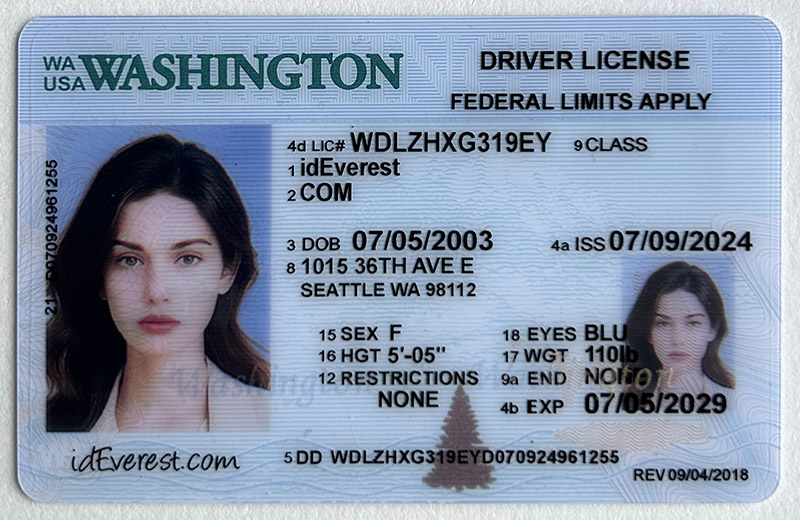
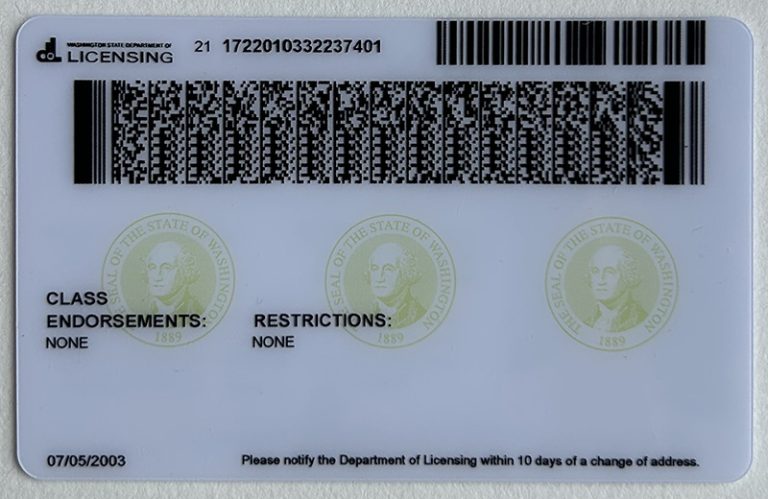

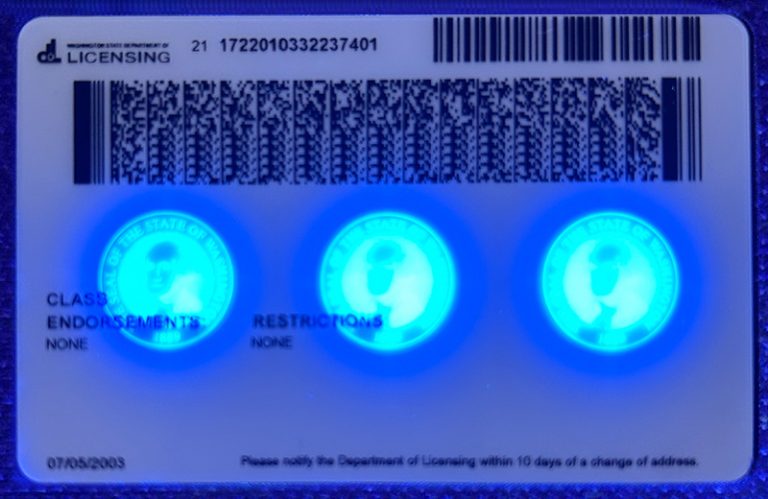
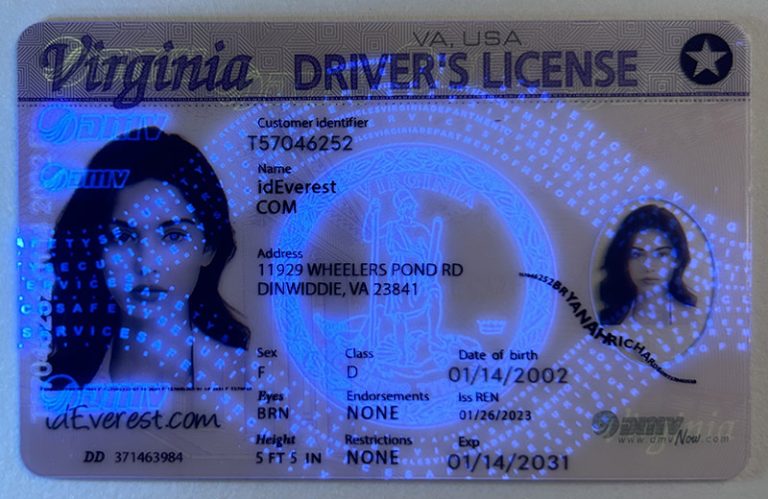



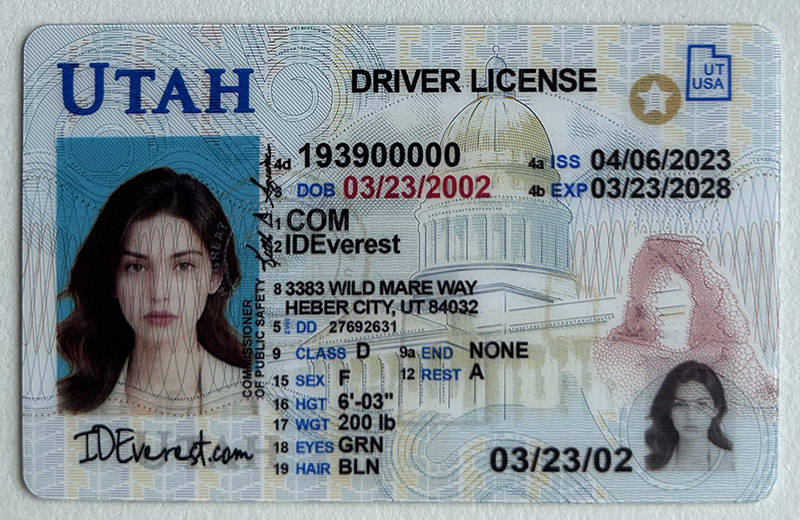
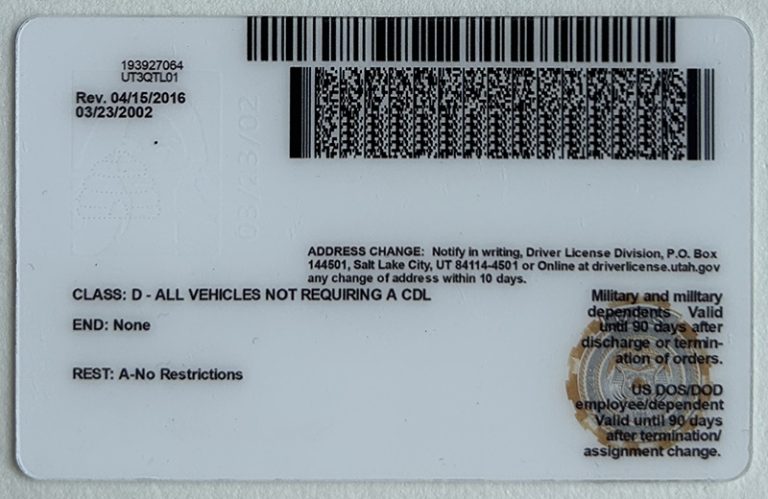

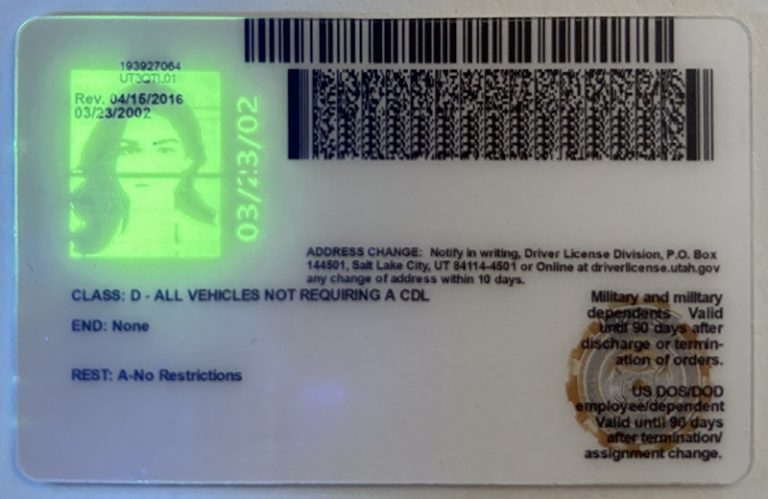
3. Check for microprinting.
Microprinting is an effective security feature that is used on real IDs. It involves very small text or patterns that are almost impossible to reproduce without special equipment. These tiny prints are usually distributed in different places on the ID, such as around the photo or in the background design.
When viewing microprinting, you will need to use a magnifying glass. Under magnification, the microprint on a real ID will be clearly visible and sharp. However, the microprint on a fake ID may be blurred or missing because it is difficult for counterfeiters to accurately reproduce these details.
Checking for microprinting is a quick way to verify the authenticity of an ID. This detail can help you distinguish a real ID from a fake one. You need to look closely to see these tiny text features. In other words, your eyes act like a scanner for fake IDs.
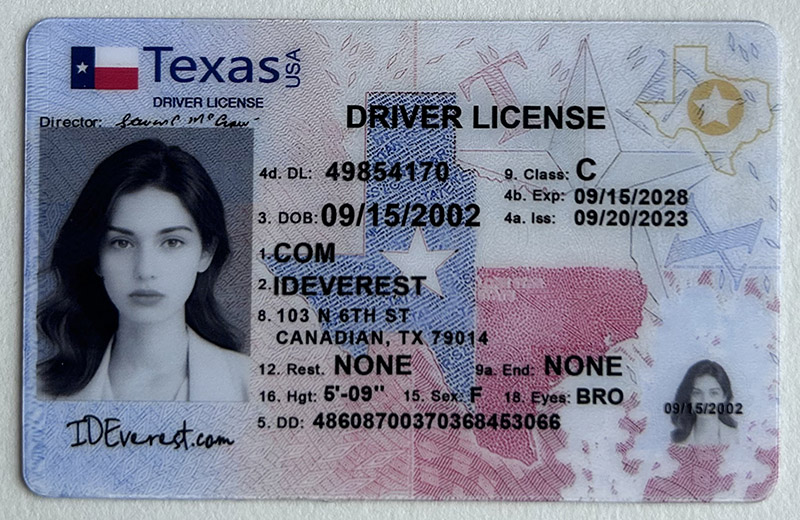
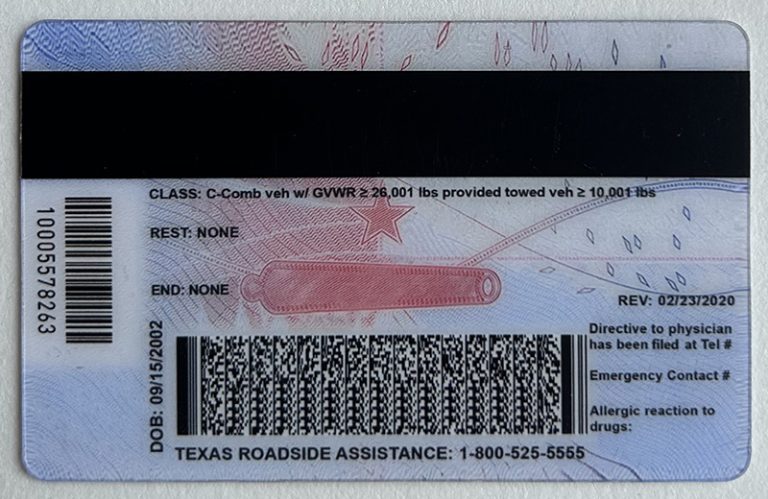

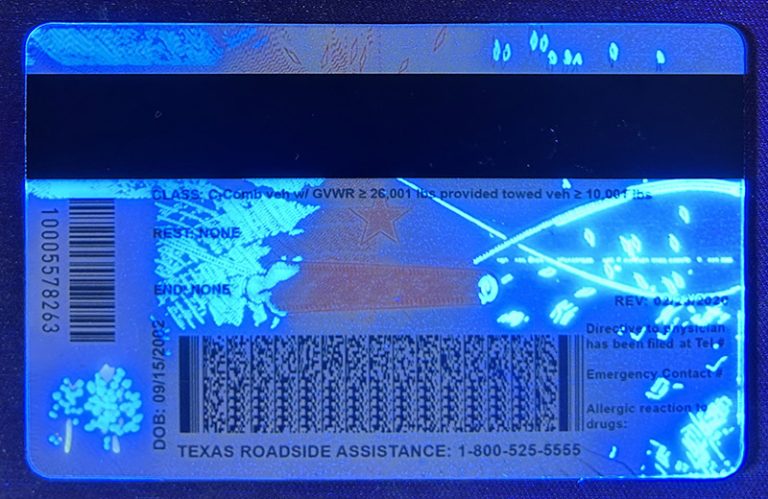
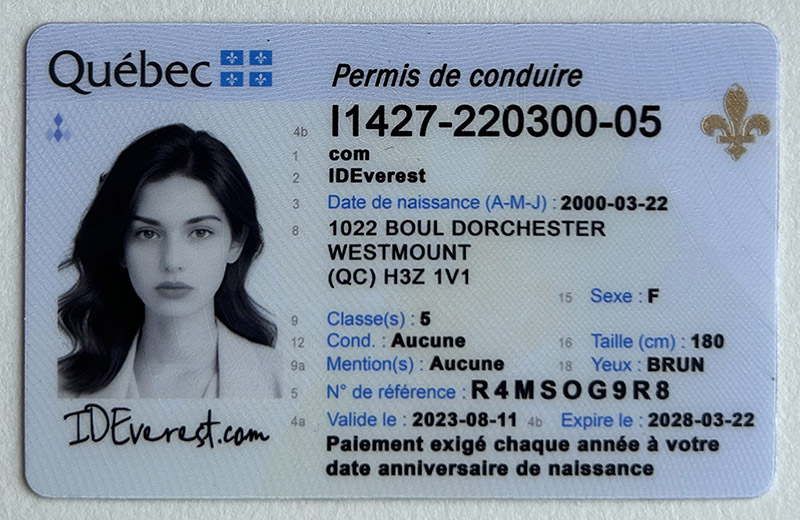


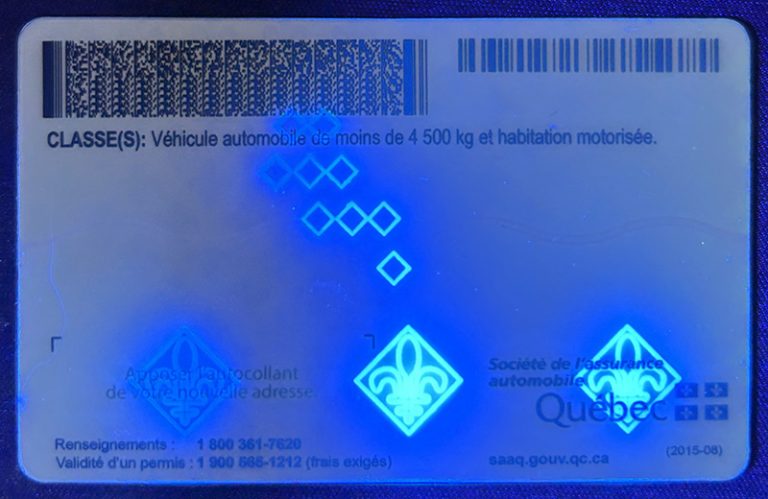
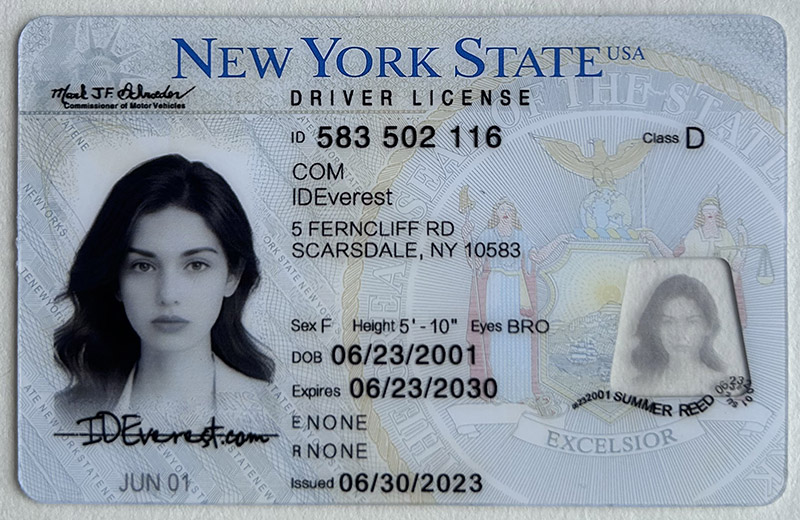
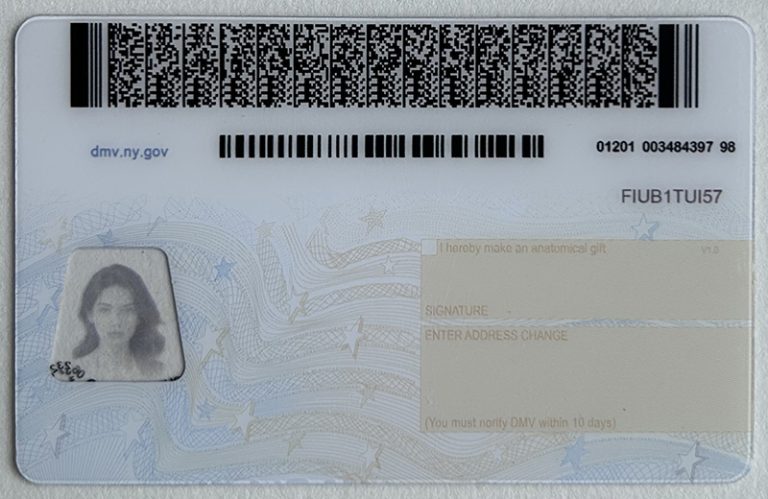

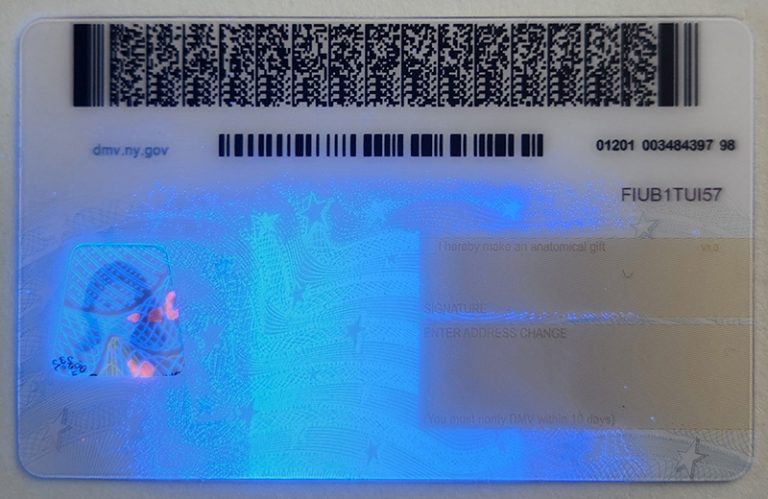
4. Look for laser perforations and embossing
Laser perforations and embossing are an advanced security feature on ID cards. Laser perforations create an image or pattern by punching tiny holes in the material that show up when held up to light. This technique is used because it is difficult to replicate without specialized equipment.
To check for laser perforations, hold the ID card up to a light source. If it is genuine, you will see a pattern or image formed by these tiny holes. One of the common counterfeit ID problems is that the laser perforations often fail to achieve their effect, resulting in a blurry image.
Laser embossing refers to raised elements, such as text or patterns, that are made on the surface of the ID card. You can feel these raised areas by gently sliding your finger across the ID card. The embossing on a genuine ID card will be very fine and consistent, while the embossing on a fake ID card may appear uneven or erroneous.
You can quickly spot many fake IDs looking for laser perforations and embossing. These features enhance security and make it more difficult for counterfeiters to create realistic forgeries.

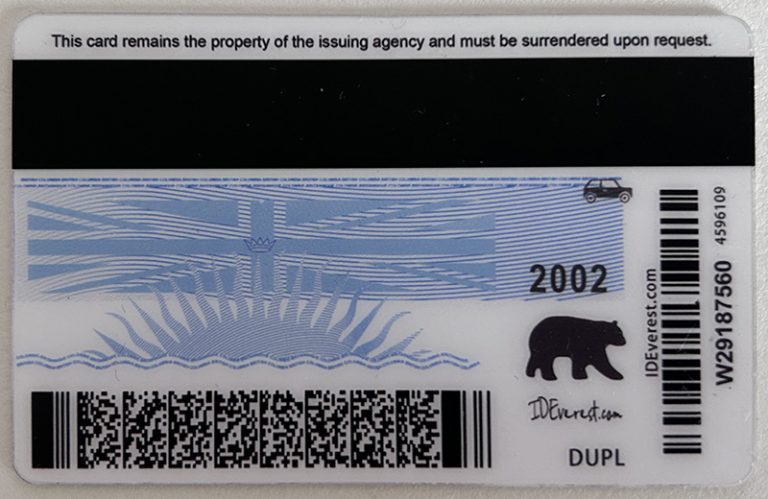
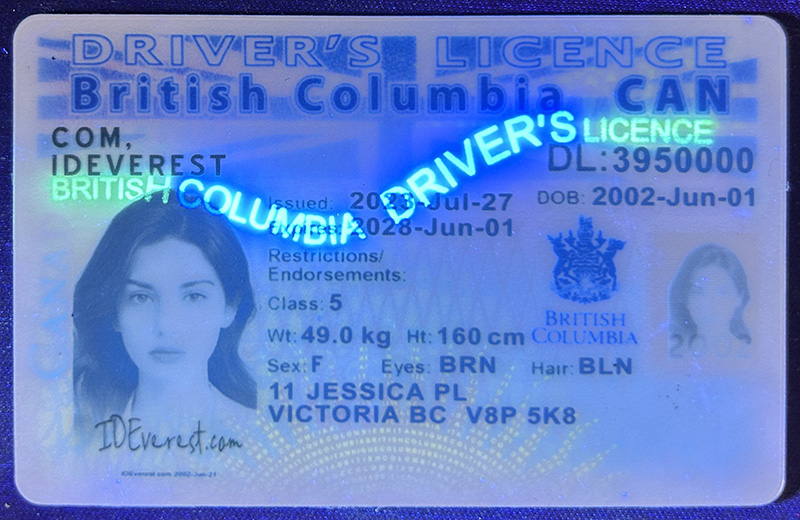
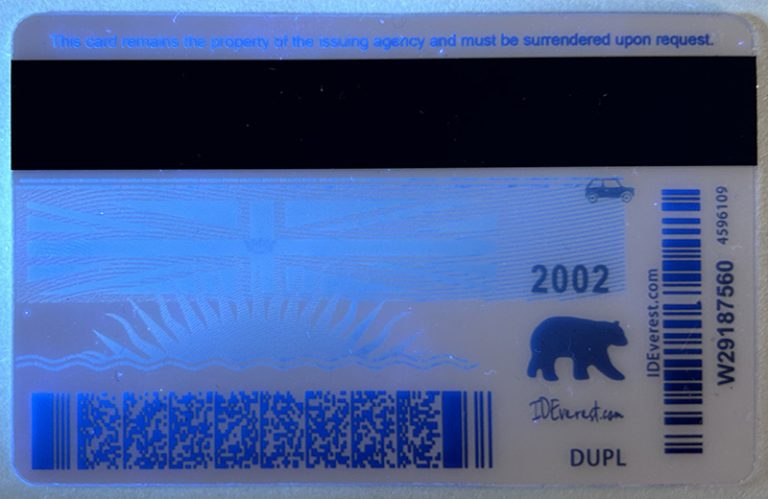


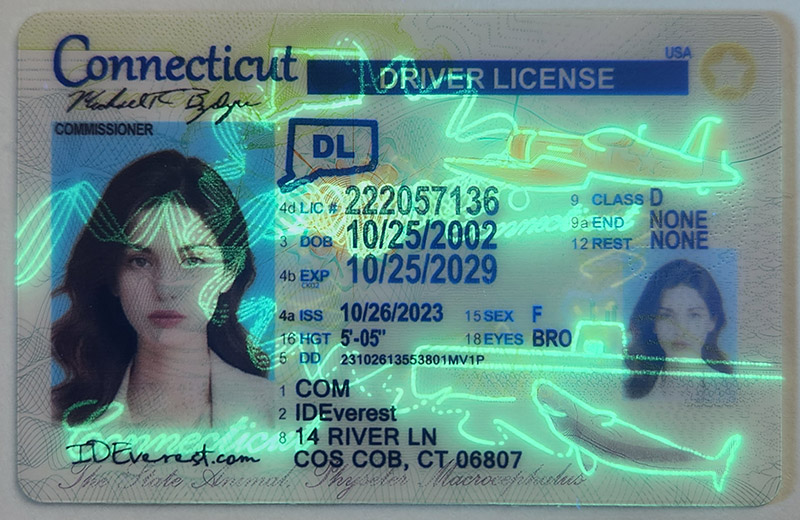
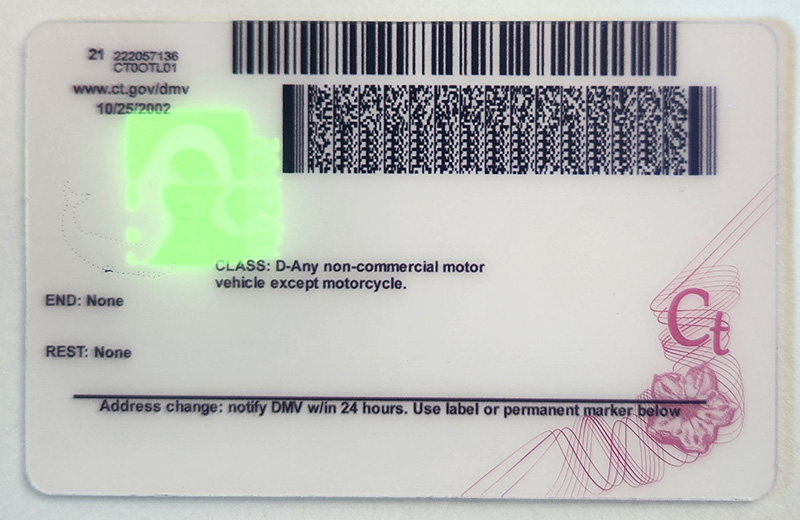
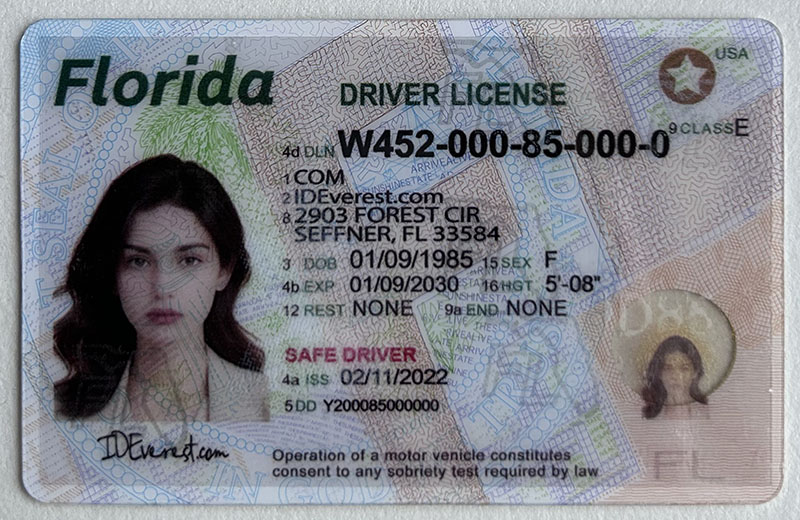

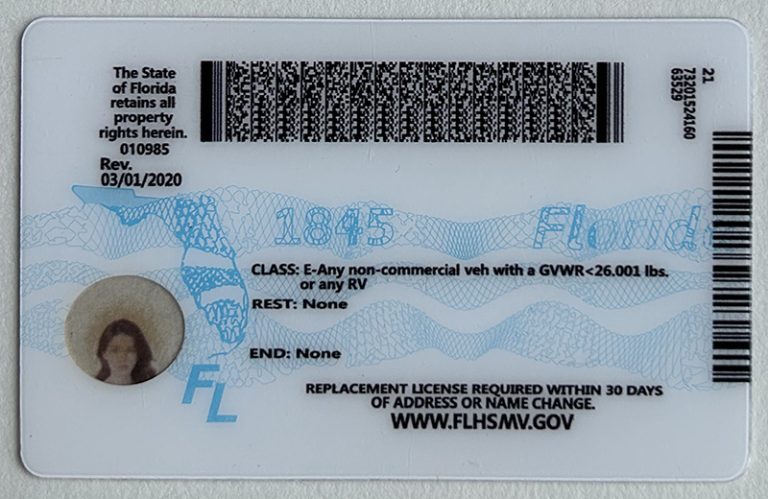
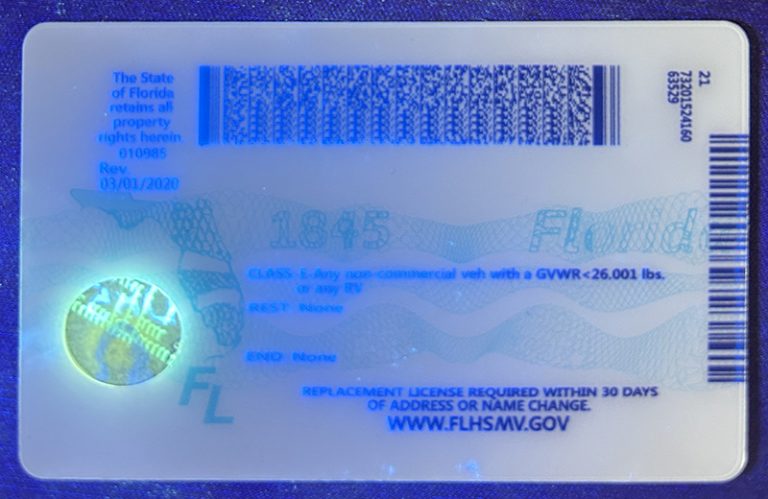
5. Analyze barcodes and magnetic stripes.
Barcodes and magnetic stripes are common on ID cards and usually contain important information about the cardholder. To verify an ID card, scan the barcode with a barcode reader. The data obtained should match the information on the ID card, such as name, date of birth, and address. Barcode errors are often found on counterfeit ID cards, and these barcodes may be incorrect or unusable because it is difficult to encode the information correctly.
Similarly, the magnetic stripe on the back of the ID card contains encoded information. This data can be checked using a magnetic stripe reader. If the magnetic stripe is authentic, the data will match the information on the ID card. The magnetic stripe of a fake ID card may be blank or incorrect because it is difficult to accurately replicate this feature.
You can ensure the data integrity of your identity evidence by analyzing the barcode and magnetic stripe. This process is essential to verifying the authenticity of an ID card because it does not rely solely on visual inspection.
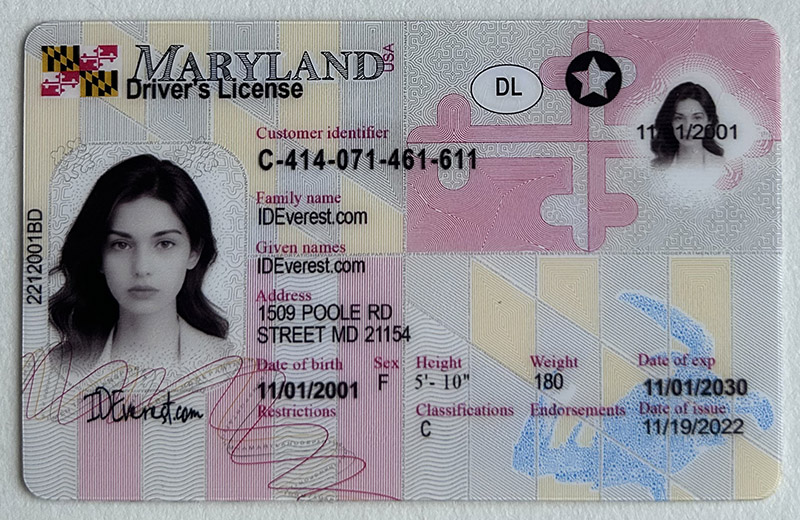

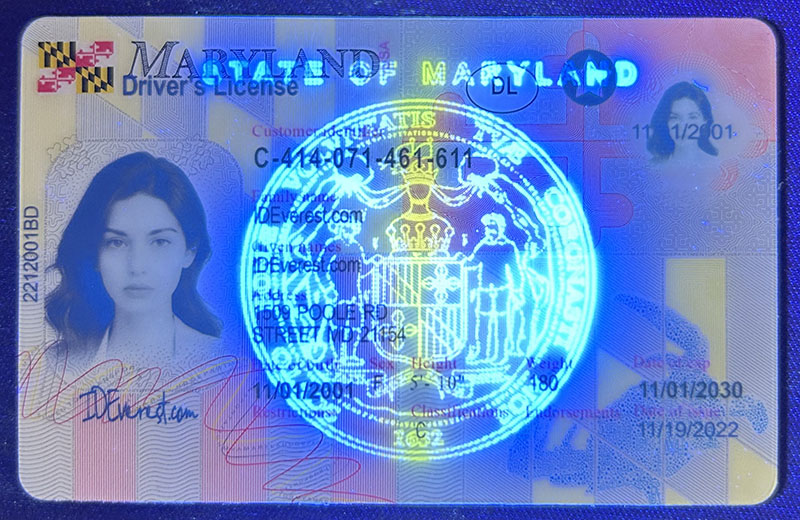


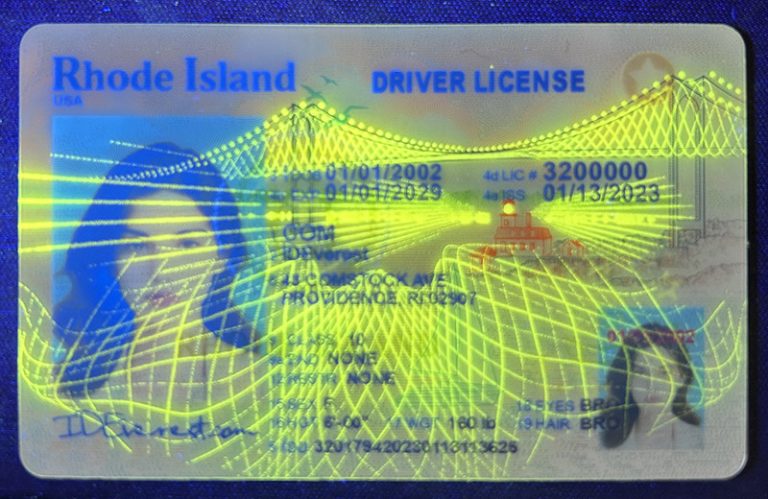
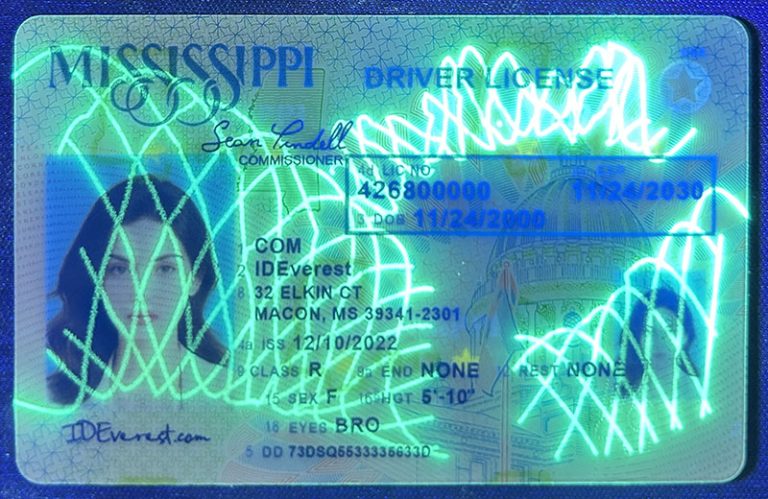



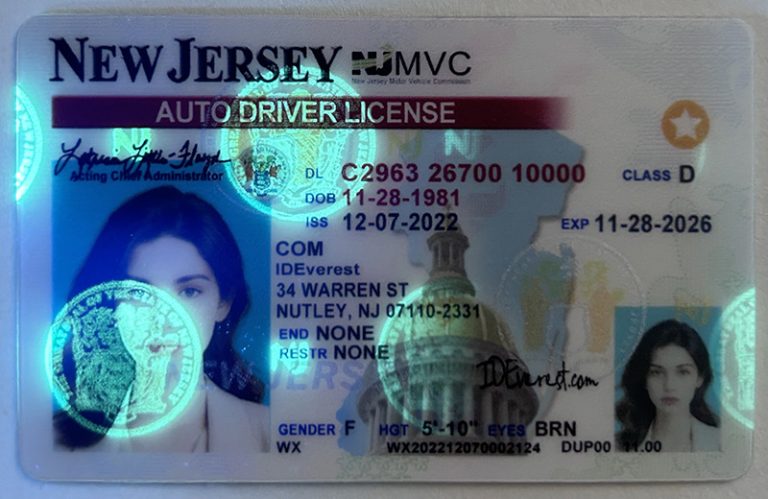
6. The texture feels a little uneven.
The texture of an ID card can reflect its authenticity and is also an effective way to identify a fake ID. A real ID card uses high-quality materials and fine craftsmanship, and the surface is usually smooth and the texture is uniform. When you touch a real ID card with your hand, you should be able to feel its smooth and flawless feel.
In contrast, a fake ID may appear uneven or irregular. Counterfeiters often use inferior materials and less precise workmanship, resulting in inconsistent texture. Look closely at the surface of the ID, especially around the photo and text. Any unusual bumps or roughness may be a sign of forgery or poor production.
Feeling for uneven texture is a simple and effective way to identify a fake ID.





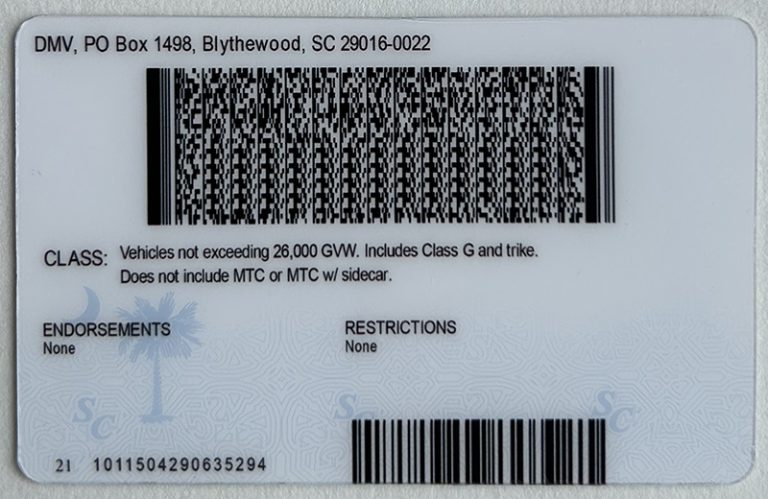
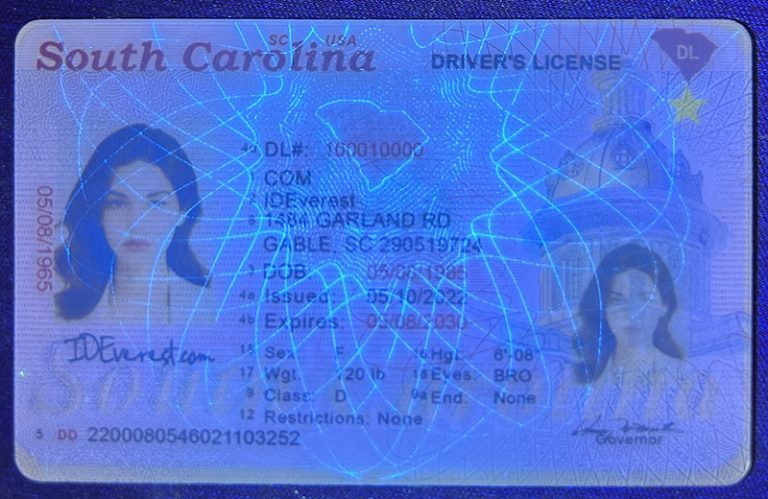
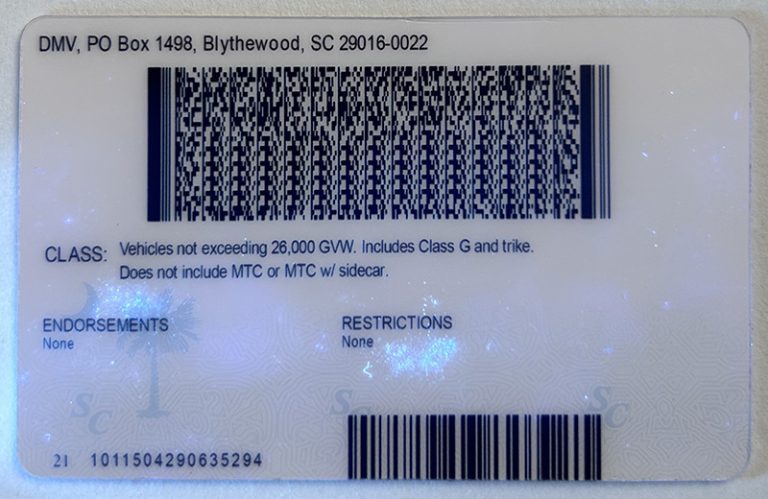
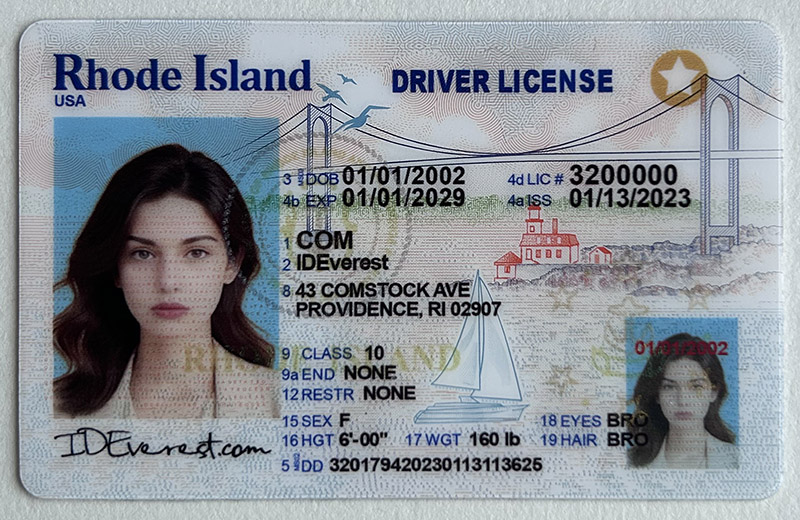
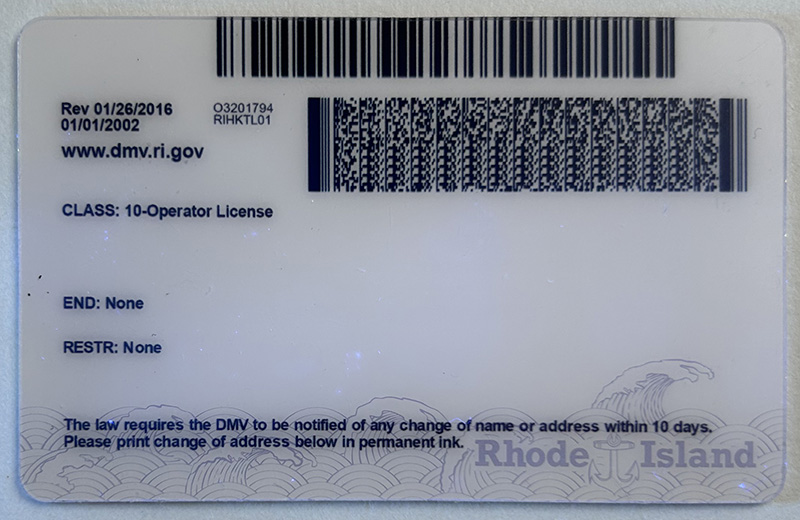

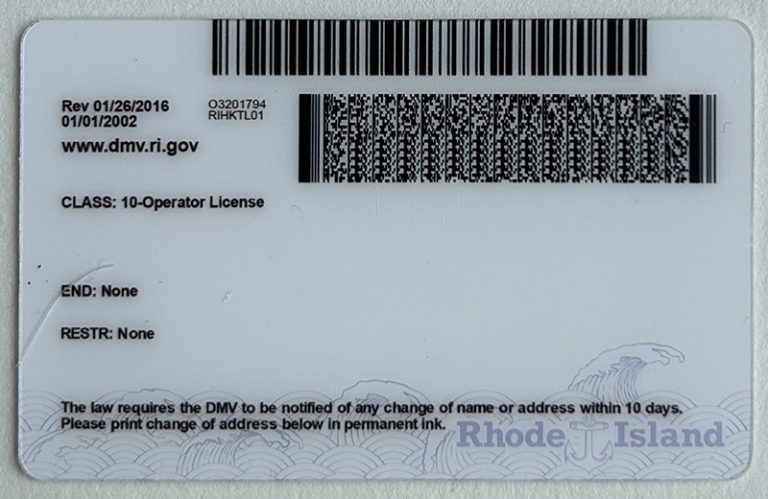
Verify the information
Verifying the information on the ID is an important step in identifying counterfeits. First, you need to compare the holder's appearance with the photo on the ID. Look for microprinting, facial feature matching, hair color, and other identifying marks. The photo on a fake ID may not match the person presenting the document.
Next, check the personal information on the ID, including name, date of birth, and address. Ask the holder to confirm this information. If they hesitate or the information they provide is inconsistent, the ID may be a counterfeit.
Also, confirm the expiration date. Real IDs have a valid expiration date, while fake IDs may use the expiration date to deceive others. By carefully checking this information, you can tell whether the ID is authentic.
8. Look for changes.
Alterations to the ID are another sign of a counterfeit. Look carefully for signs of tampering, such as changes to the date of birth or photo. These changes often leave noticeable marks or inconsistencies on the surface of the document.
Use a magnifying glass or fake ID scanner to examine the ID. Look closely at the edges of the photo and text areas. If you notice any unusual lines, bumps, or color differences, the ID may have been tampered with. Altered IDs often have areas that are not fully aligned or inconsistent with the rest of the ID, making them easier to spot with careful inspection.
You can add an extra layer of auditing to the identity verification process by simply checking for any changes. This will help ensure that you can spot a well-forged fake ID.
9. Ask the right questions.
Asking the right questions can help you spot a fake ID. Talk to the holder about the information on their ID and ask them to confirm their date of birth, address, and other personal details. Pay attention to their reactions. If they hesitate, give inconsistent answers, or seem unsure, the ID may be a fake.
You can also ask for additional ID to cross-check the information. Holders of genuine IDs are usually able to easily provide another type of ID, while those with fake IDs may have difficulty.
By asking the right questions, you can identify inconsistencies and verify the authenticity of the identity. This step adds an extra layer of confirmation, making a counterfeit ID harder to ignore.
10. Observe the ID holder’s behavior.
Behavioral clues can also indicate the presence of a fake ID. Pay attention to the ID holder’s body language and reactions.
Being nervous, lacking eye contact, or acting overly confident can all be signs of deception. People using fake IDs may exhibit these behaviors because they are worried about being discovered.
Watch for fidgeting, shifting weight, or avoiding direct answers to questions. These subtle signs can provide important clues to the authenticity of the identity.
By observing the ID holder’s behavior, you can add a human element to the ID verification process, making it more complete and effective.
Final Words!
Identifying counterfeit IDs is essential to ensuring your business is compliant and secure.
By detecting physical features, analyzing holograms and UV features, checking microprinting, and using barcode scanners, you can effectively identify counterfeit IDs.
Be sure to verify information, check for changes, ask accurate questions, and observe reactions. By implementing these steps, you can confidently identify fake IDs and protect your organization.
Regularly training employees on these methods will ensure everyone is prepared and alert. Being proactive will help your business stay secure and compliant.
FAQ – How to Identify a Fake ID
1. How can I quickly identify a fake ID?
To quickly identify a fake ID, check its physical features, such as the thickness of the material and the condition of the edges. Also look for holographic images and use UV light to reveal hidden features.
2. What are the common characteristics of a fake ID?
Common characteristics of fake IDs include fragile materials, substandard holograms, lack of UV capabilities, blurred microprinting, and inconsistent personal information.
3. How does barcode scanning effectively identify counterfeit IDs?
Barcode scanning will verify the information on the ID. If the barcode data does not match the printed information, the ID is likely counterfeit.
4. What should I look for in microprinting?
The microprinting on a real ID card is very clear and detailed when enlarged. The microprinting on a fake ID is often blurred or missing due to the difficulty of copying.
5. Why is UV so critical in fake ID detection?
Ultraviolet light can reveal hidden images or text on a real ID card that is invisible to the naked eye. Fake ID cards often lack these UV properties or present the wrong pattern.
6. How to confirm the information on the ID card?
The ID card holder's appearance is compared with the photo, the validity period is verified, and the holder is asked to confirm personal information to verify the authenticity of the ID card.
 Where can I buy a fake ID and
Where can I buy a fake ID and
 How can I get a high-quality f
How can I get a high-quality f
 How to Spot a Fake ID – Ultima
How to Spot a Fake ID – Ultima
 Legal Consequences of Using a
Legal Consequences of Using a